Our Services
Emergencies

Preventative Dentistry

Restorative Dentistry
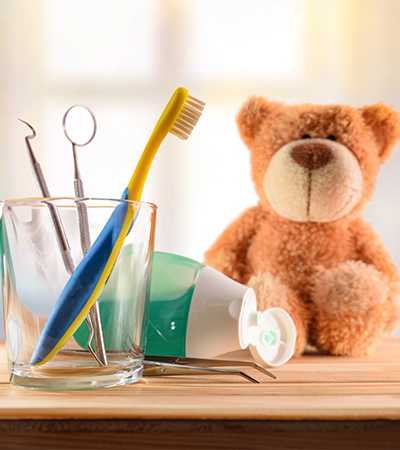



A Wide Range of Services for Children
Welcome to Cedar Valley Pediatric Dentistry, where little smiles receive big care! Our team at Cedar Valley Pediatric Dentistry is dedicated to providing exceptional dental services tailored specifically for children. Discover the range of specialized care we offer to ensure your child’s dental health and happiness
Call now
(319) 277-4600

Preventive Dentistry
We recommend that your child see a dentist every six months. Those appointments are important for routine dental cleanings and fluoride treatments, but also to evaluate/discuss their dental health, dental development, oral care habits at home, diet history, and risk to develop dental decay.
Dental sealants are placed to help prevent dental decay in the grooves of the posterior teeth. Generally, sealants are used on permanent teeth once they are fully erupted as long as no signs of dental decay (stains) have already started. Sometimes, sealants are recommended for primary teeth for the same reason, but are usually more difficult to place due to patient age/cooperation levels. A sealant is a tooth-colored flowable resin material that goes into the deep parts of the grooves of the teeth where food/sugar can get stuck and where cavity-causing bacteria can hide. The tooth is cleaned and dried thoroughly before the sealant is placed. Most (nearly all) dental insurances cover sealants on permanent teeth but only a few cover sealants on primary teeth – mainly due to the difficulties with sealant placement on young patients in a dental office.
Fluoride treatments in the dental office are highly recommended and also covered by most dental insurance companies. These treatments help prevent decay and help your child maintain good oral health. The professional strength fluoride treatments provided are most beneficial after a cleaning in the dental office.
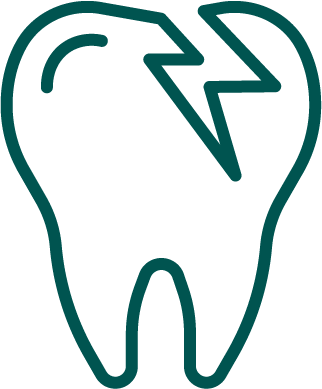
Restorative Dentistry
Dental restorations are needed when tooth structure is missing or damaged as a result of either trauma or dental carious lesions (cavities). Dental restorations include fillings and crowns. Generally, if a cavity is small a tooth-colored filling may be used.
If a cavity becomes too large and there is insufficient tooth structure to support a filling, a crown is required. Crowns are also recommended by the American Dental Association and the American Academy of Pediatric Dentists when a very young patient has dental decay on numerous baby teeth since those teeth will be in the patient’s mouth for a long time.
When a dental restoration can not be used due to lack of sufficient tooth structure to support a crown or if infection is present, then a tooth may need to be extracted. If this happens with a posterior baby tooth, in most cases it will require the use of a space maintainer. Space maintainers are appliances that are used to keep remaining posterior teeth from shifting so there will be space for future permanent teeth to erupt in the correct spot.
Sedation Dentistry
Options for making dental procedures more tolerable for younger patients are available in our office. It involves a lot of different factors to choose the right option for your child. Factors including age, behavior, cooperation, and extent of dental treatment needs are the primary concerns with performing dental procedures on children. The sedation options available include use of nitrous oxide for dental treatment in the office or use of general anesthesia for dental treatment at a local hospital.
Nitrous oxide can be used for a mild, conscious sedation to get dental work done in the dental office. The patient is still fully awake and does have to follow directions to ensure the procedures are accomplished in a safe manner. Administration of nitrous oxide requires a mask to sit firmly over the patient’s nose and for the patient to breathe through their nose – even while their mouth is open. This can be a little difficult for very young patients to understand. Nitrous oxide does not put the patient to sleep, but if administered properly, it can relax a patient and help with cooperation for short dental procedures. This may require multiple visits in the dental office if cavities are on multiple teeth in different areas of the mouth. Multiple dental visits mean more time away from school for the patient and time away from work for the parent.
Dental treatment under general anesthesia my be necessary if the patient has numerous cavities, poor cooperation/behavior, or not able to tolerate technique-sensitive dental procedures in the dental office. Treatment at the hospital can be accomplished at one appointment while the patient is completely asleep without interferences due to behavior or cooperation.
If you are interested in a sedation dentistry appointment for your child, please call our office to determine what options are available and the dental/medical insurance issues involved with coverage of those procedures.
Emergencies
What is a dental emergency? A dental emergency can be a toothache or swelling in the mouth as a result of a deep cavity, dental fracture or infection. Sometimes, a dental emergency is the result of some traumatic accident ie. hit to the mouth or fall. If so, it is important to consider the possibility of any other head trauma from any accident. Teeth are important, but brain health is vital. Any suspected loss of consciousness should involve a trip to the medical doctor or emergency room first.
The following conditions are dental emergencies and should be treated as soon as possible:

Toothache – with/without facial swelling
Clean the affected area thoroughly. Use floss to check for any food debris that may be causing discomfort. Use of acetaminophen/motrin may be indicated if your child can take these medications – be sure to use the proper dosage according to the manufacturer for your child’s age and weight. Call your pediatric dentist with any questions. If a dental infection can be confirmed, an antibiotic prescription may be necessary.
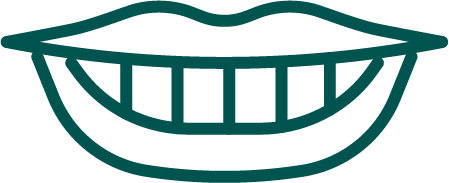
Cut to gum tissue, lips or tongue
Control any bleeding with gentle pressure and cold compress to reduce swelling. If bleeding can not be controlled/stopped, contact your medical doctor or visit a hospital emergency room.

Chipped/Fractured primary tooth
Call your pediatric dentist.

Chipped/Fractured permanent tooth
Locate and save any tooth fragments and rinse them with water. Transport the broken pieces in milk of water. Call your pediatric dentist.
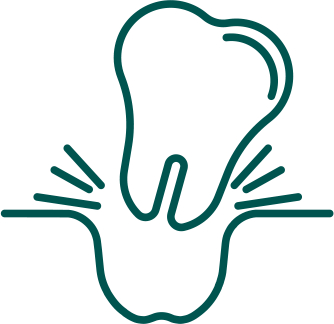
Permanent tooth that was knocked out
Locate the tooth if possible. Handle the tooth by only touching the crown of the tooth not the root. If the tooth is dirty, gently rinse with water (do not scrub the tooth). Reinsert the tooth in the socket and have the patient bite gently on gauze/paper towel to hold it in place. If not able to reinsert the tooth in the socket, place the tooth in cold milk for transport. The patient must see a dentist right away as time is critical to attempt to save the tooth.

Primary tooth that was knocked out
Locate and save the tooth if possible. Control the bleeding with light pressure and use a cold compress to reduce swelling. When able, rinse the mouth with water. If the entire tooth with the complete root has been avulsed (completely knocked out of the mouth), no treatment will likely be necessary. Do NOT reinsert a primary tooth that has been knocked out as there is a risk of damaging the developing permanent tooth. If the tooth is partially avulsed, call your pediatric dentist.
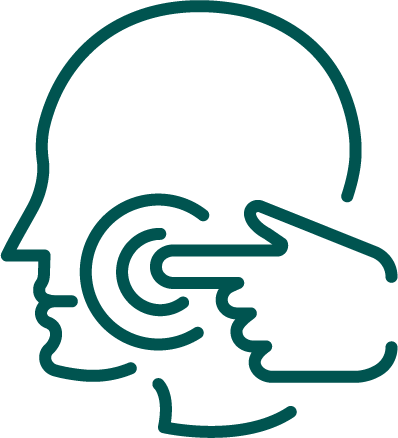
Possible broken jaw
If a jaw fracture is suspected, keep the jaw immobilized and visit a hospital emergency room.
If you suspect your child is experiencing a dental emergency, please call us and we will help ensure your child receives care as soon as possible or we may advise you to visit an ED/medical doctor for any severe issues. If your child has an injury and their teeth are involved, a good tool to help determine the extent of the injury is a photo taken with your phone and sent via text to the emergency phone number for our doctors. A good image can help determine what the problem may be and if it needs to be addressed immediately.
A lost crown or a space maintainer is NOT typically considered a dental emergency. It is best to replace a lost appliance soon, but does not require an afterhours emergency appointment as it can usually be scheduled during normal office hours.
Current patient – If your child is a patient of record in our office and you have a dental emergency, you can contact us for assistance – even after hours.
Not a patient yet – If your child has a dental emergency and you need assistance, but have never been to our office – we can still help. Medical insurance and dental insurance may cover some of the cost of an after-hours emergency, but that may need to be determined later.
